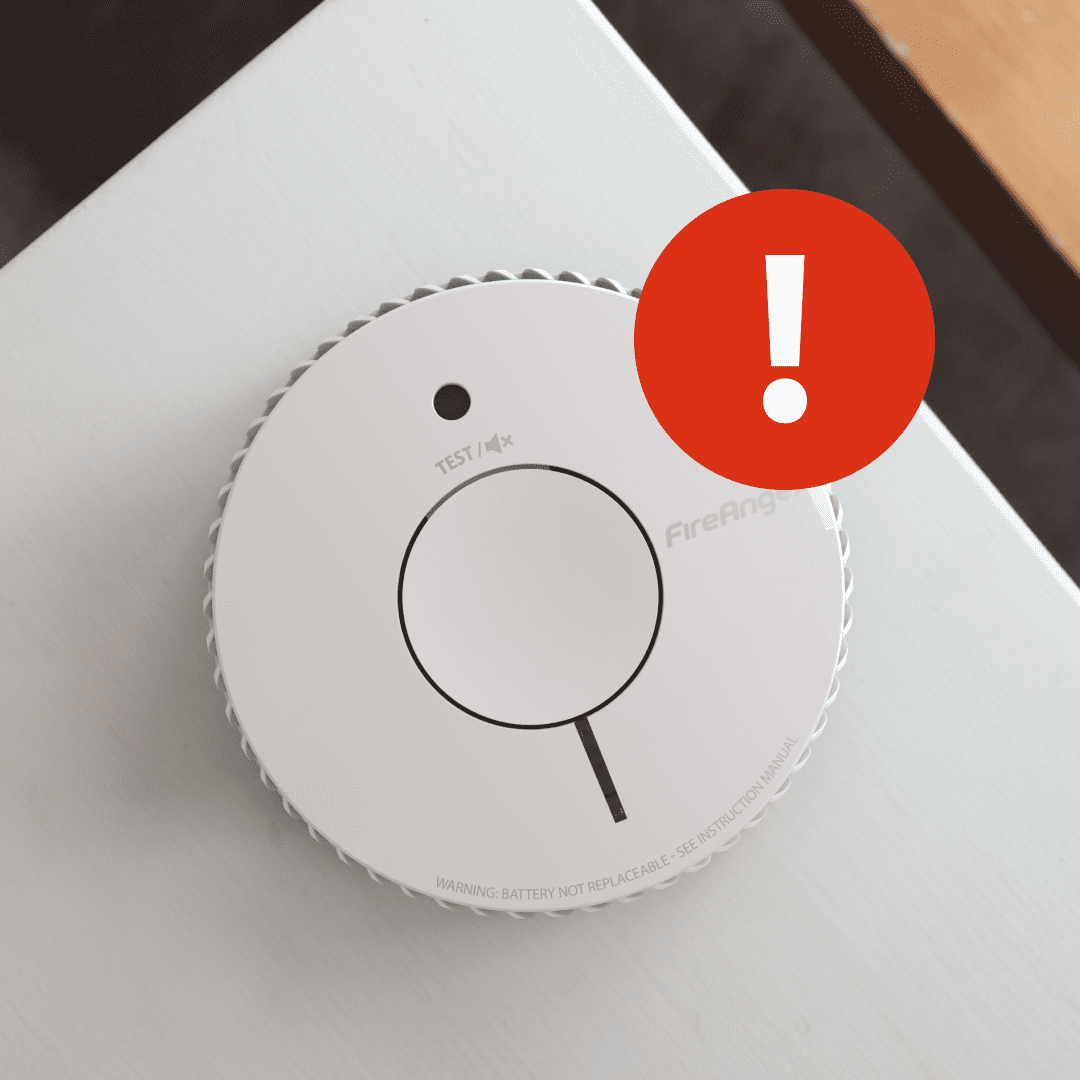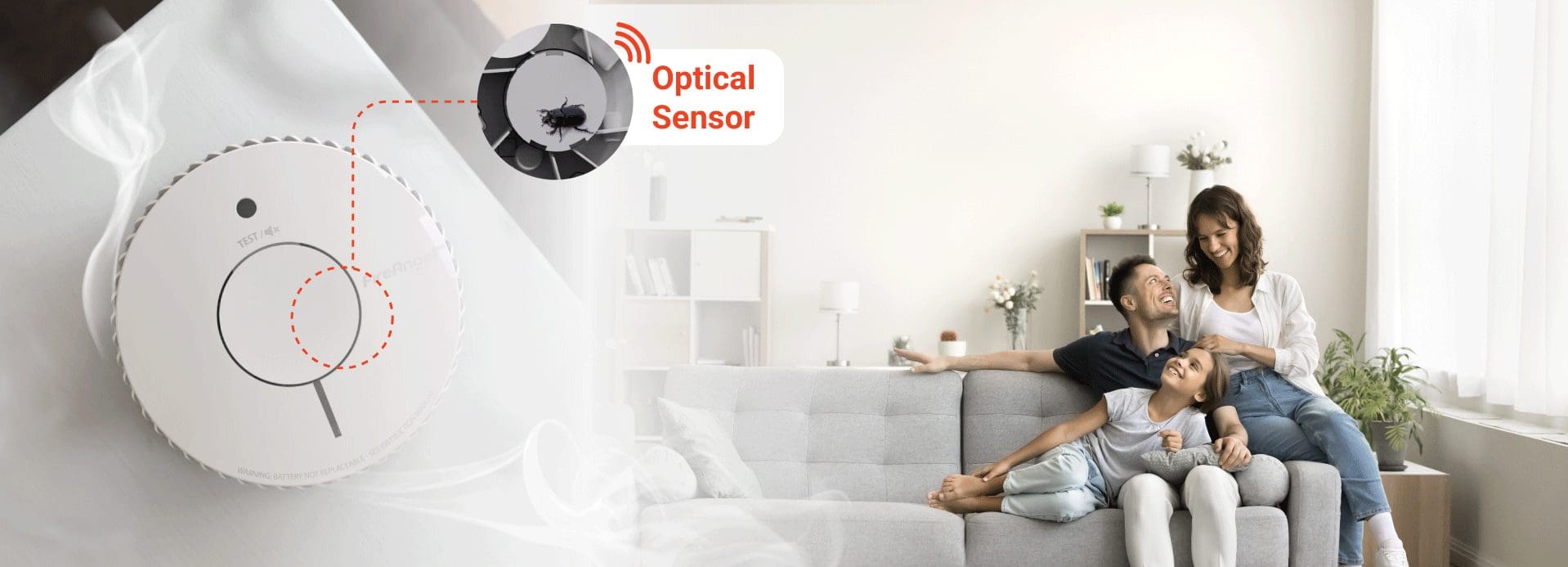Are you a
Homeowner?Are you a
Homeowner?
There are several common reasons for smoke detector false alarms, ranging from environmental factors to hardware faults. Understanding what’s triggering the alarm can help you take action and reduce the frequency of false alerts.
One of the most frequent culprits is smoke from burnt food or steam from cooking. Smoke detectors placed too close to kitchens often interpret these particles as fire smoke. If you regularly experience false alarms while cooking, consider relocating the alarm or switching to a heat detector in kitchen areas.
High humidity can mimic the particles found in smoke. Steam from showers, kettles, or poor ventilation can cause your alarm to react as if it detects a fire. Avoid installing smoke detectors near bathrooms or laundry rooms, and ensure good airflow in the area.
Dust build-up inside a smoke alarm can interfere with the sensor, leading to false alarms. Renovation work or general buildup over time can cause this. Regularly clean your detector using a vacuum or compressed air to remove debris.
Tiny insects can crawl into the smoke alarm and disrupt the sensor, triggering a false alarm. If this happens frequently, try placing a fine mesh cover over the alarm or use insect repellent nearby (without spraying the unit directly).
A low battery can cause the alarm to chirp or beep intermittently, sometimes being mistaken for a false fire alert. Always replace your batteries as soon as you hear a low-battery warning. For a more permanent solution, consider alarms with a sealed 10-year battery.
Power fluctuations in mains-powered alarms can occasionally trigger a false alert. If this is a frequent issue, consider having an electrician check your wiring. For battery-powered models, make sure contacts are clean and the unit is properly mounted.
Smoke alarms placed too close to air vents, windows, or fans may experience air disturbances that falsely trigger the sensor. Make sure alarms are installed at least 30cm from walls and away from drafts.
To reset a smoke detector after a false alarm:
To minimise false alarms, install alarms in suitable locations away from kitchens, bathrooms, and air vents. Clean your detector regularly, and use heat detectors in high-moisture or cooking areas. Opt for models with Smart Silence or photoelectric sensors that are less prone to nuisance alerts.
Explore FireAngel’s range of advanced alarms designed to reduce false alarms:
If you can't find what your looking for on our blogs and looking for further guidance and advice, our UK-based Customer Support team are on hand all week from 8:30am until 5:30pm, they can answer any further queries you may have on our products, solutions or services.